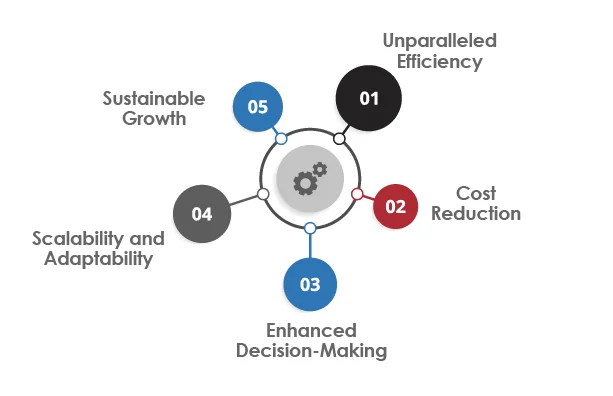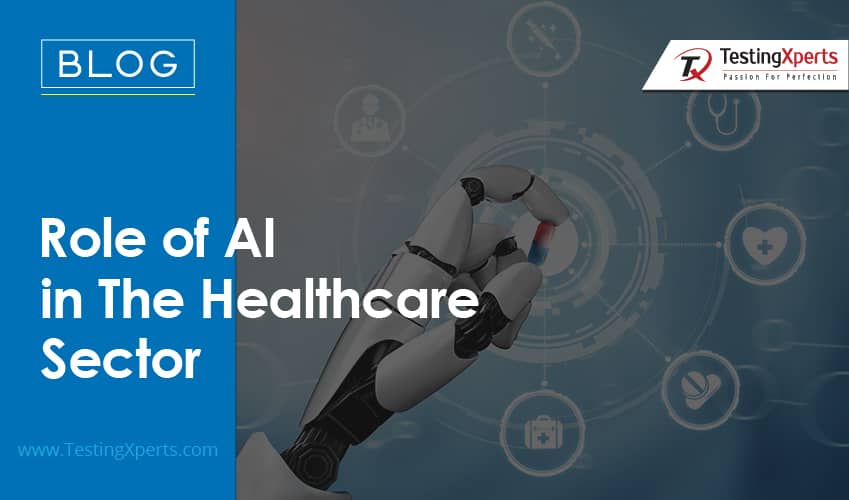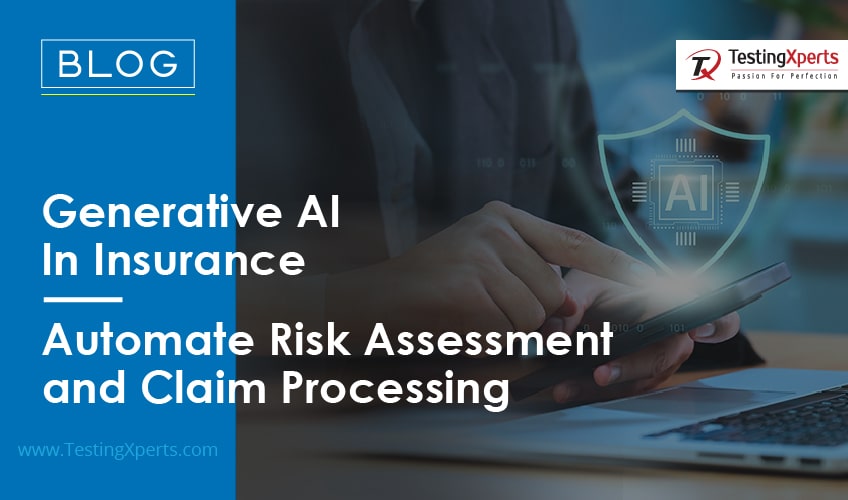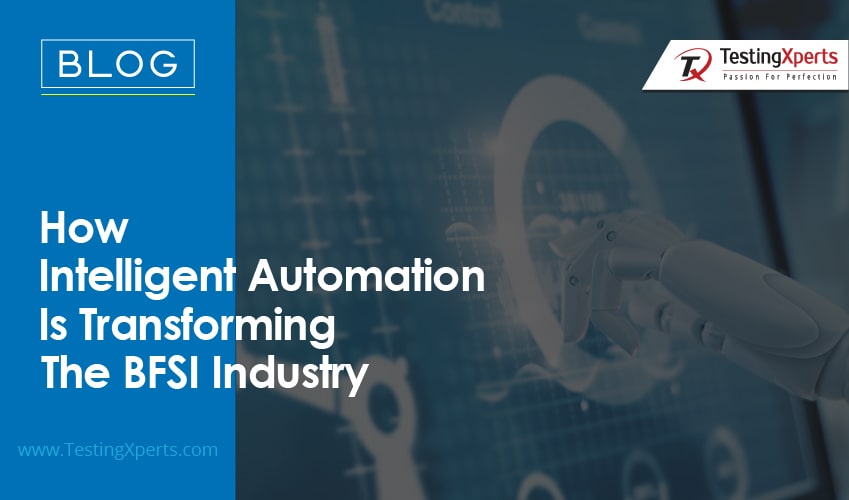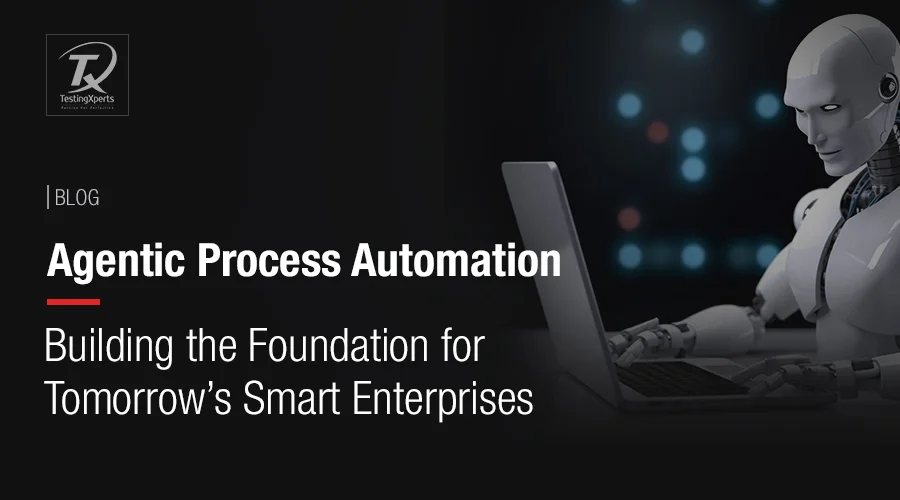
- The Need for Smarter Automation
- How Agentic Process Automation is Revolutionizing Enterprises
- What APA Brings to the Table?
- Challenges of Implementing Agentic Process Automation (APA) for Businesses
- Key Areas of Implementation
- Why Businesses Should Embrace APA Now
- How can Tx help you with Agentic Process Automation?
In the volatile business landscape, where speed, accuracy, and adaptability dictate success, traditional methods of process management are no longer sufficient. Businesses are grappling with challenges such as inefficiencies in operations, siloed workflows, and an increasing demand for hyper-personalized customer experiences.
Agentic Process Automation (APA) is a groundbreaking solution designed to revolutionize operational efficiency. APA integrates advanced AI, machine learning, and decision-making capabilities into workflows, making them dynamic, responsive, and self-evolving. The world’s most successful enterprises, from tech giants like Google to retail innovators like Amazon, have harnessed the power of intelligent automation to stay ahead of the curve, demonstrating the transformative potential of APA.
The Need for Smarter Automation
Rising Complexity in Business Operations: Modern enterprises operate in highly complex ecosystems with interconnected processes. APA simplifies this complexity by automating decision-making and optimizing workflows.
Demand for Scalability: Static systems falter when businesses scale. APA’s agent-driven architecture ensures that processes remain efficient and adaptive, regardless of growth.
Focus on ROI: Every executive’s priority is maximizing ROI. APA delivers measurable value by minimizing operational costs, reducing human error, and accelerating time-to-market.
How Agentic Process Automation is Revolutionizing Enterprises?
Dynamic Decision-Making
At the heart of APA lies its ability to make context-aware decisions. Unlike traditional automation systems that rely on pre-programmed rules, APA employs AI agents capable of analyzing real-time data and responding intelligently. For example, Tesla’s manufacturing process leverages APA to adjust production schedules dynamically based on supply chain fluctuations, ensuring optimal output without human intervention.
Seamless Integration Across Systems
APA thrives on interoperability. It integrates with existing systems, ERPs, and CRMs, creating a unified ecosystem. This seamless connection enables businesses to eliminate data silos and achieve holistic insights. Consider how Netflix uses automation to synchronize user data, content delivery, and personalized recommendations in real time, providing a seamless customer experience.
Predictive and Proactive Capabilities
APA’s predictive analytics empower businesses to anticipate challenges and opportunities. For instance, in the financial sector, APA solutions predict market trends, enabling faster and more informed investment decisions. Companies like JPMorgan Chase are already utilizing such tools to enhance risk assessment and portfolio management.
Empowering the Workforce
Automation doesn’t eliminate jobs; it redefines them. By automating mundane tasks, APA frees up employees to focus on strategic initiatives and innovation. For example, in the healthcare industry, APA handles administrative tasks like patient scheduling and billing, allowing medical professionals to dedicate more time to patient care.
What APA Brings to the Table?
Challenges of Implementing Agentic Process Automation (APA) for Businesses
Agentic Process Automation for businesses brings transformative benefits by enabling AI-powered agents to handle complex workflows. However, implementing APA comes with its own set of challenges that businesses must address to ensure successful adoption:
Integration Complexities
APA often needs to integrate with existing legacy systems, which can be outdated or lack API support. Ensuring seamless interoperability requires significant customization, which can lead to increased time and costs.
Data Dependency and Quality
AI agents rely heavily on accurate, clean, and well-structured data. Poor data quality or fragmented data silos can hinder the learning and decision-making capabilities of these agents, reducing the effectiveness of APA.
High Initial Costs
Implementing APA involves significant upfront investments in infrastructure, software, and skilled personnel. For smaller businesses, these costs may pose a barrier to entry.
Employee Resistance
Automation can create fear of job displacement among employees. Without proper change management and reskilling initiatives, this resistance can slow adoption and undermine the project’s success.
Security and Privacy Concerns
APA deals with sensitive and mission-critical data. Ensuring robust cybersecurity measures and compliance with data privacy regulations is crucial but challenging, especially in highly regulated industries.
Overcoming the Challenges
While these challenges can seem daunting, they are manageable with proper planning and a phased implementation approach. Businesses should focus on:
- Building cross-functional teams for better adoption.
- Prioritizing cybersecurity and data governance.
- Training employees for a smooth transition.
- Choosing scalable and flexible APA solutions tailored to their needs.
Key Areas of Implementation
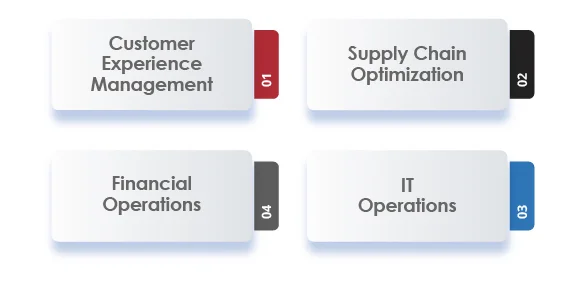
Customer Experience Management
APA transforms customer journeys by providing hyper-personalized interactions. For instance, e-commerce platforms can use APA to dynamically recommend products, adjust pricing based on demand, and automate returns processes.
Supply Chain Optimization
From inventory management to demand forecasting, APA ensures that supply chains are resilient and responsive. Walmart’s use of automation in its distribution centers is a testament to how APA can reduce costs and improve delivery timelines.
Financial Operations
In accounting and finance, APA automates tasks like invoicing, fraud detection, and compliance checks. This not only saves time but also ensures accuracy and adherence to regulations.
IT Operations
APA enhances IT infrastructure by automating routine maintenance, identifying vulnerabilities, and optimizing resource allocation. Companies like Microsoft leverage APA to manage their cloud services efficiently.
The APA Workflow
Data Collection → AI Analysis → Contextual Decision-Making → Dynamic Workflow Optimization → Outcome Evaluation
Why Businesses Should Embrace APA Now
The time to adopt Agentic Process Automation is now. As markets become more competitive and customer expectations evolve, APA is no longer a luxury but a necessity. Businesses that invest in APA today will be the leaders of tomorrow, setting new benchmarks for efficiency, innovation, and customer satisfaction.
How can Tx help you with Agentic Process Automation?

At Tx, we’re not just technology enablers; we’re transformation partners. With TxLabs.ai as the cornerstone of our innovation efforts, we combine cutting-edge AI, automation expertise, and a client-first approach to deliver APA solutions that empower businesses to:
- Achieve operational excellence.
- Reduce costs and inefficiencies.
- Scale intelligently while staying competitive in a fast-evolving market.
Ready to elevate your enterprise with Agentic Process Automation? Partner with us at Tx to unlock the full potential of APA and build a foundation for a smarter, more resilient future. Let’s transform your vision into value—together.
Discover more
Get in Touch
Stay Updated
Subscribe for more info



